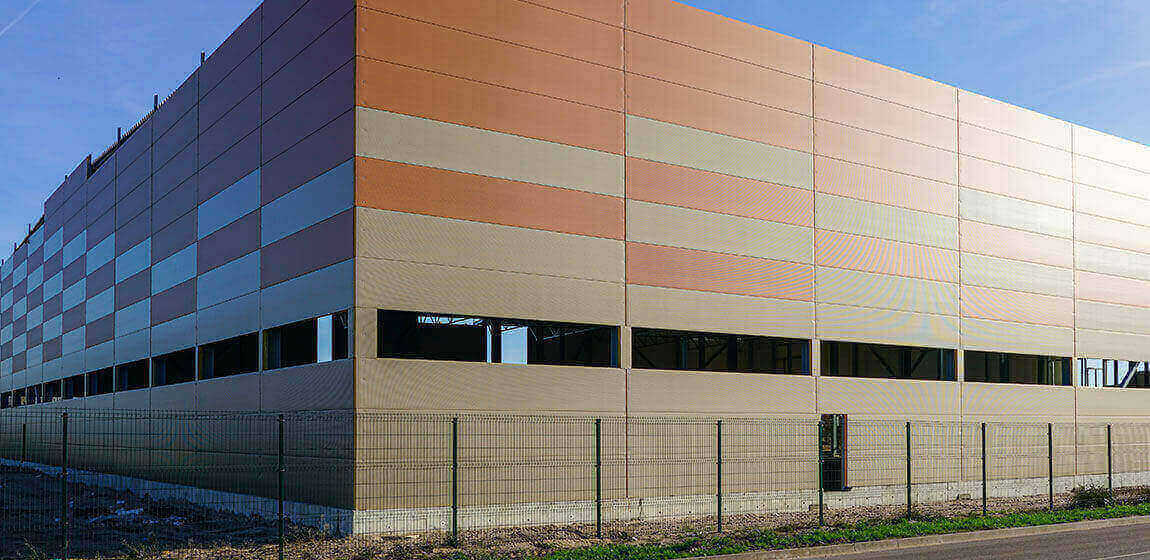An Essential List Of Aluminum Cladding Supplies | CLEARVIEW CLADDING CONCEPTS

- By : Albi Marke
- 0 Comments
Worldwide, it is becoming increasingly common – for both aesthetic and insulation purposes – to use aluminum cladding systems. With special aluminum cladding supplies and a continuous pattern, these systems are installed on the outside of a primary structure. Compared to insulating boards of many construction projects (found between the studs), they are generally more thermally efficient.
When used in building façades, aluminum composite panels have significant benefits for maintenance, durability, and thermal comfort. For this reason and more, extra attention is paid by architects regarding manufacturing the product systems, as well as to the design’s thermal efficient attachment systems.
Ordinarily, aluminum cladding supplies can include J-starters, various clips, corner braces, and rivets. Extrusions, collets, and CNC machines are included in the manufacturing system. What is the main challenge for designers and builders where the choice of an installation method goes? Answer: When designing a construction using aluminum cladding, they must utilize the most important and efficient supplies.
Let’s look at the supplies/systems involved in the installation of aluminum cladding.
Extrusions
To create various shapes and styles of aluminum claddings, an extrusion operation is done. For residential and industrial purposes, these tools are available in a variety of sizes and shapes.
Collet Holders
For manufacturing different metal materials, one of the most critical elements may well be the use of these tools. Around a metal piece, they’re used to form a circular fixture. In order to create a tight grip, they deploy a strong clamping force.
CNC Machines
These modern manufacturing systems can cut any shape of metal material in a short amount of time. They offer speed and accuracy.
Trims and J-Starters
For small homes and businesses, to perfect and beautify the edge of aluminum siding, these are used. Typical places to find trims and J-starters are at the top or bottom of the cladding or around doors and windows.
Clips
For cladding attachment, a thermally efficient approach is considered to be the clip and rail system. In the aluminum cladding system, different clips are available including the following:
- Galvanized steel
- Fiberglass
- Thermally isolated galvanized
- Adjustable aluminum
- T-shaped
Corner Braces
To protect and strengthen corner joints of aluminum claddings, this broad term is used to describe a number of selection elements. The two categories of corner braces are an internal type and an external type.
Rivets
To connect two or more sheets, the tool used is a rivet. The two types of connections include the edge-to-edge and the joint system. Two parts are connected in contact with the edge-to-edge system. In a contact section, the pieces’ ends are joined in a joint structure. When breaking is an issue, for the connecting of two parts, the use of rivets is the perfect choice.
Turn to Clearview Cladding Concepts for Aluminum Cladding Purchasing and Installation
When it comes to solving the most demanding and complex challenges of our clients, Clearview Cladding Concepts have achieved an impressive track record with more than 20 years of experience.
Some of the services provided by our company include estimating, fabrication, shop drawings, and more. We deliver superior performance. Looking for the perfect solution to your architectural needs? Our natural and aluminum metal composite material panel offers just that. It’s ideal for achieving unique interior designs and building façades, including both new buildings and renovation projects.
To find out more, feel free to phone us at one of the following numbers:
- 917-370-5167
- 347-355-0064
- 917-731-4331
